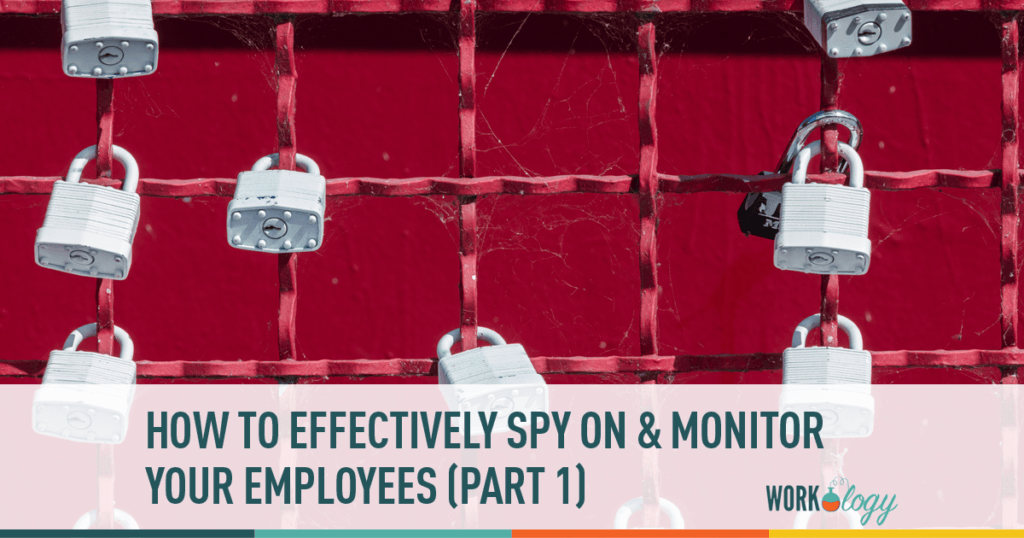Imagine a world where companies, more specifically, your employer uses things like GPS monitoring, face recognition software and other high tech technology to monitor what it is you are doing. The days of the computer tracking software seem rather tame when compared to the potential tracking technology of the future. Just imagine what options employers will eventually have when it comes to employee monitoring software or company spyware. Most of the technology is already out there, just wait until more companies start using it.
Trust is a Two-Way Street
When companies don’t trust their employees, it shows, and in often cases their employees then don’t trust them back, starting a downward spiral that it is really hard to come back from. As these organizations engage in workplace employee monitoring or use things like tracking software, they are essentially punching their employee’s employment tickets for a new company. It just plain is not a practice that keeps good employees around.
There is a difference between nosey and necessary. There are definitely necessary measures that should be taken to monitor workplace activity and to protect an organization without taking it too far. But, often there is a fine line between these necessary measures and where the organization becomes nosey and starts overstepping its boundaries. They fall into habits of micromanaging and begin to invade their employees’ space. These employees then feel that they are not trusted. Their morale begins to suffer which can have an effect on their productivity. As this continues, organizations will find that these employees begin to also find employment elsewhere.
Turning it All Around
In a world where flexible work schedules and work from home opportunities are among the most popular perks a company can offer, I find it ridiculous we are still bent on micromanaging our employees. We give them these opportunities that say “we trust you” and then turn around and show them the exact opposite.
As previously mentioned, in most every industry there are various types of monitoring that are necessary for a business to be successful. For example, a call center environment may record its calls, not to spy on their employees but for overall quality control or in the event that details from any particular call may be needed later. Whatever the reason a company has to monitor their employees, it is best that they be upfront about it and make sure employees understand the purpose of the monitoring. An employer should seek to adequately explain the who, why and how. Who is being monitored and who (or what) is doing the monitoring? Why is that being monitored? How is it being monitored? On top of that all, it is important to set and communicate standards of acceptable use of company technology and so on.
There is a difference between tracking employees and stalking. Various forms of tracking may be used to monitor productivity or even, in some industries, ensure the safety of employees. When tracking and monitoring is done with both the company and the employee’s best interest in mind it is more likely to leave both parties satisfied with the outcome. Honesty is always the best policy. Your employees are what will make your business successful, therefore it will be in everyone’s best interest to enable them instead of making them feel like they are not trusted.







